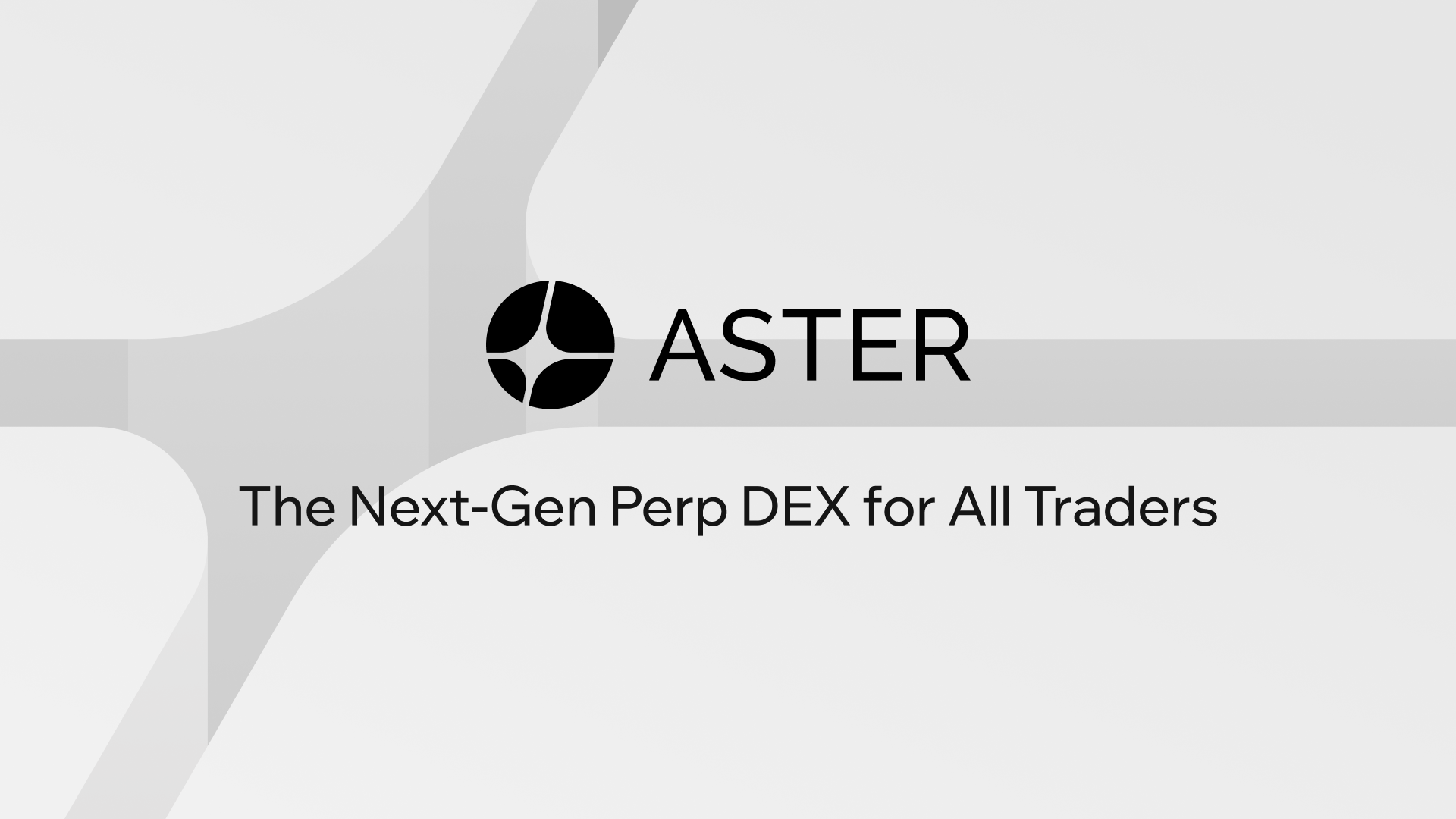Okay, so check this out—Polkadot isn’t just another blockchain. It’s an ecosystem of parachains talking to one another, and that changes the game for decentralized exchanges. At first glance it looks familiar: liquidity pools, swap routes, governance votes. But then you dig in and realize the UX, fees, and cross-chain mechanics are different enough that strategy matters. My instinct said “this will be easy,” but actually—there are layers here that most traders overlook.
Short version: governance tokens shape protocol incentives. Token swaps are the everyday tool traders use. AMMs (automated market makers) are the plumbing that makes swaps possible without order books. Together they decide whose fees get paid, whose votes count, and who eats impermanent loss. This matters if you’re trying to trade on Polkadot with low slippage and cheap fees.
Here’s the thing. When you pick a pool to deposit into or a route to trade through, you’re not just moving tokens. You’re choosing a risk profile, a governance exposure, and often, a yield stream that may be very very different three months from now.

A quick, practical primer on governance tokens
Governance tokens give holders protocol-level rights: propose changes, vote on upgrades, allocate treasury funds, and sometimes capture a share of fees. Sounds simple. But incentives are messy. My first proposal as a holder was a mess—seriously, the community pushed back hard. Initially I thought more tokens = more control, but then realized distribution and voting power (and delegation) matter way more than nominal supply.
Common mechanics to watch:
- Voting weight: some projects use one-token-one-vote, others use quadratic or time-weighted voting to curb whales.
- Staking vs. voting lockups: you might need to lock tokens to vote, which increases opportunity cost.
- Treasury allocations and emissions: newly minted tokens dilute holders unless emission schedules are clear.
So when a project hands out a governance token to bootstrap liquidity, ask: is the token useful beyond speculation? If governance controls fees or grants revenue share, it’s more likely to hold long-term value. If it’s just a farm-and-dump incentive, well… be cautious.
Token swaps on Polkadot — mechanics and practical tips
Swapping tokens across parachains or within the same parachain can look like a routine call-and-confirm, but there’s routing complexity under the hood. Cross-chain swaps may rely on XCMP, bridges, or wrapped versions of assets—each adds latency and counterparty nuance.
Practical trade checklist:
- Check liquidity depth. Low depth = high price impact.
- Set slippage limits conservatively. A few percent can save you from a terrible execution.
- Use multi-hop routes only when the aggregated liquidity is better; sometimes one direct pair is superior.
- Consider finality times. Cross-chain finality can affect arbitrage windows and MEV risk.
And remember: cheap fees are great, but not if you get washed out by slippage. On Polkadot, fees can be low, but front-running or tiny pools still bite.
AMMs — the models and the trade-offs
Automated Market Makers are conceptually simple: supply liquidity, and an algorithm prices swaps. The most common model is constant product (x * y = k). It’s robust, permissionless, and easy to understand. But it creates impermanent loss for LPs when prices diverge. Ouch.
Variants matter:
- Constant product (Uniswap-style): great for permissionless tokens, simple math, predictable slippage curves.
- Stable-swap curves (Curve-style): optimized for like-for-like assets (USDC/USDT), very low slippage at small deltas.
- Concentrated liquidity (Uniswap v3 approach): LPs allocate liquidity in ranges, increasing capital efficiency but also complexity.
On Polkadot you’ll see AMMs implemented with substrate modules that can be tailored for parachain needs—some focus on low-fee microtrades, others aim at cross-chain composability. When choosing where to provide liquidity or route a swap, match the AMM type to the asset pair and the trade size.
Risk management for traders and liquidity providers
I’ll be honest—impermanent loss bugs me. I used to ignore it and lost money on pairs where prices deviated significantly. Now I size positions, pick pairs with correlated price action, or use stable-swap pools for stablecoins. Simple, but effective.
Risk rules I live by:
- Simulate big trades first in a test environment or with small amounts.
- Monitor tokenomics and emissions—high emission rates can tank governance tokens overnight.
- Use LP positions as part of a broader portfolio, not the whole thing.
- Pay attention to the bridge or XCMP design if trading across parachains—counterparty risk exists.
Where aster dex fits in
Okay, so check this out—I’ve been testing a few DEXs on Polkadot and one that stands out for low-fee swaps and pleasant UX is aster dex. It feels snappy, and the routing logic often finds lower-impact paths. (Full disclosure: I’m biased toward platforms that make cross-parachain swaps simple.)
If you try it, watch liquidity depth per pair and the governance model. Platforms evolve fast; what’s true today—great fee schedule, small slippage—can change when incentives or token distributions shift.
FAQ
How do governance tokens actually increase value for traders?
They can align incentives: protocol fees directed to token holders, staking rewards, and treasury-funded buybacks can create real value capture. But only when tokenomics and governance decisions consistently favor long-term utility over short-term farming incentives.
Are AMMs safe for large orders?
Large market orders on AMMs suffer from price impact. For sizable trades, use OTC routes, split orders over time, or look for deep liquidity pools. Some DEXs offer limit or batch auctions to reduce MEV and slippage—check if your platform supports those features.
What’s the simplest way to reduce impermanent loss?
Choose pairs with high correlation (e.g., stables or synthetic pairs), provide liquidity in pools designed for low divergence (stable-swap), or use concentrated liquidity strategically so you only provide in tight ranges where price is likely to remain.
